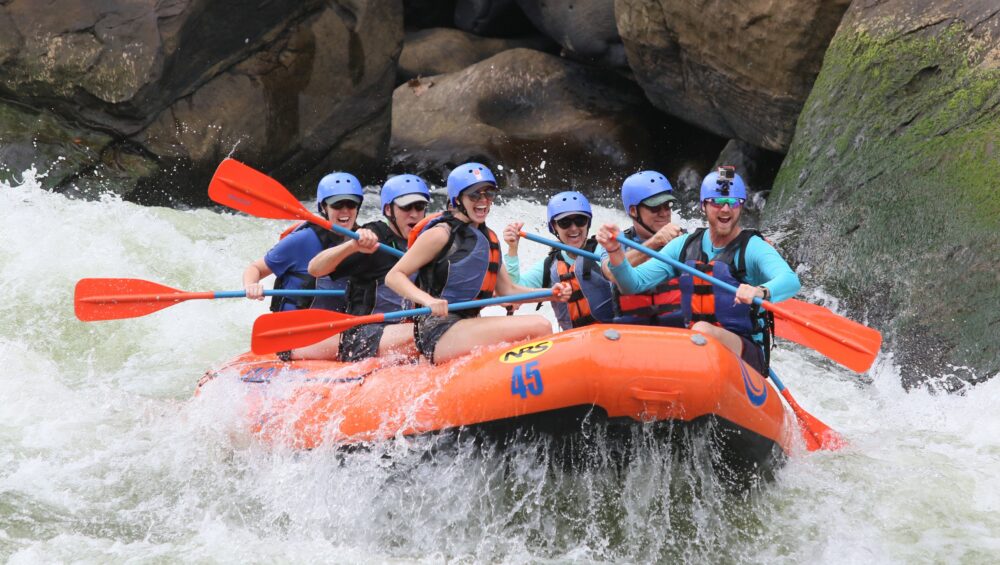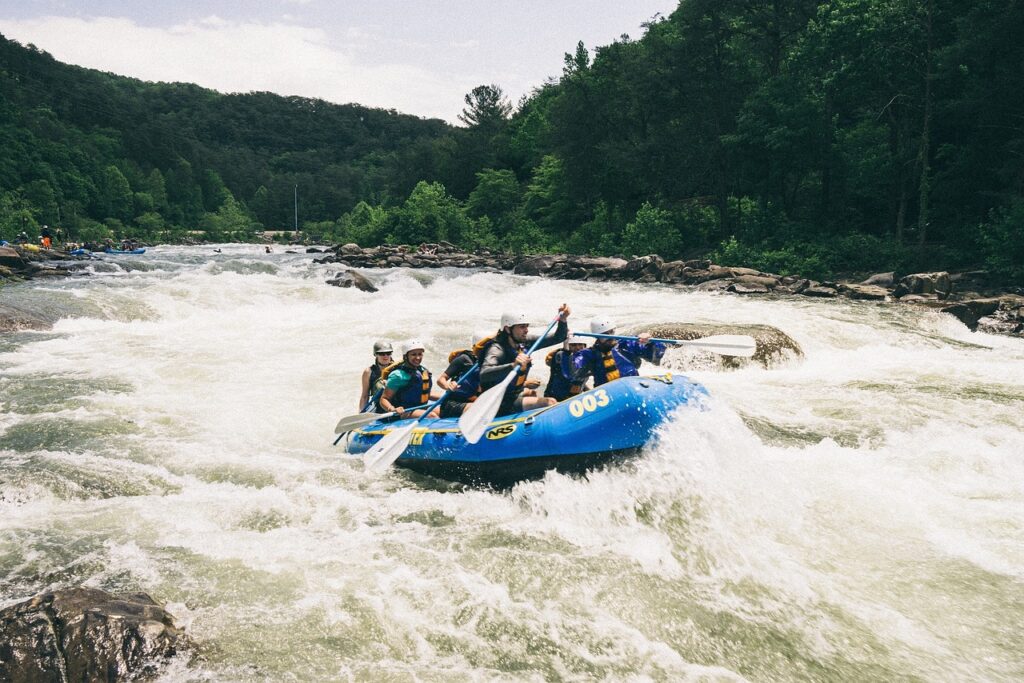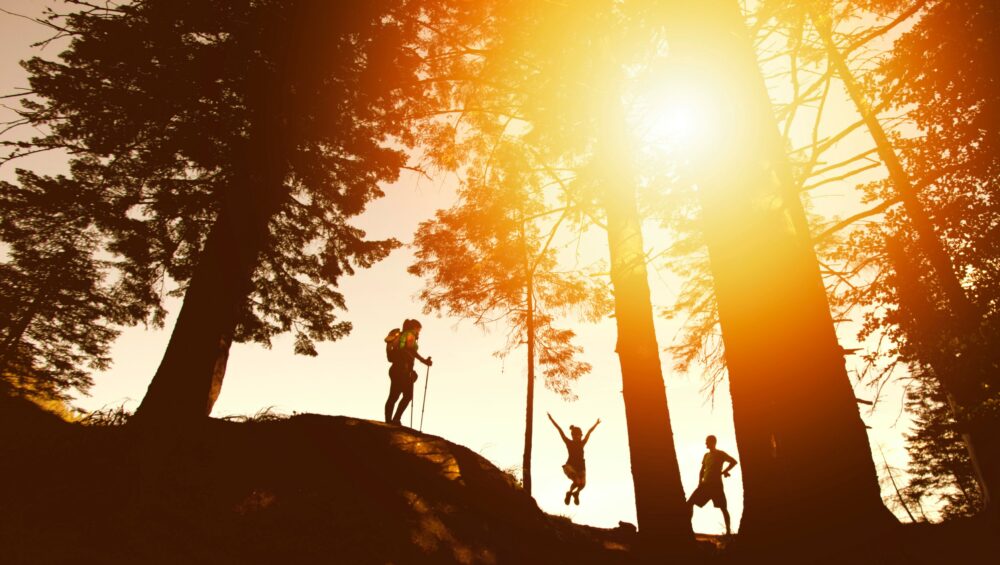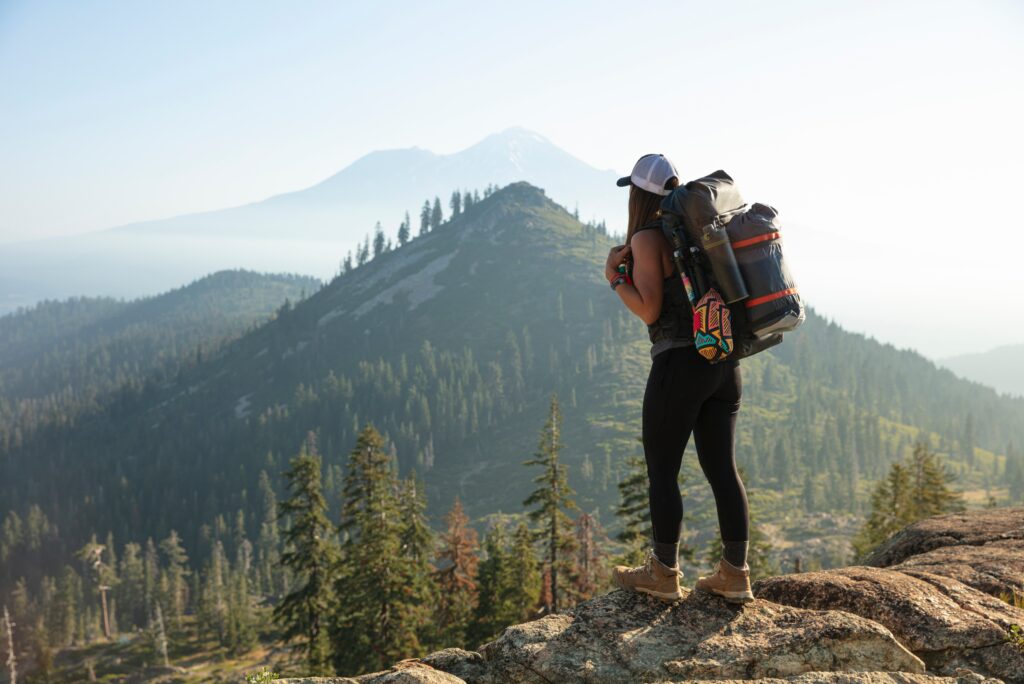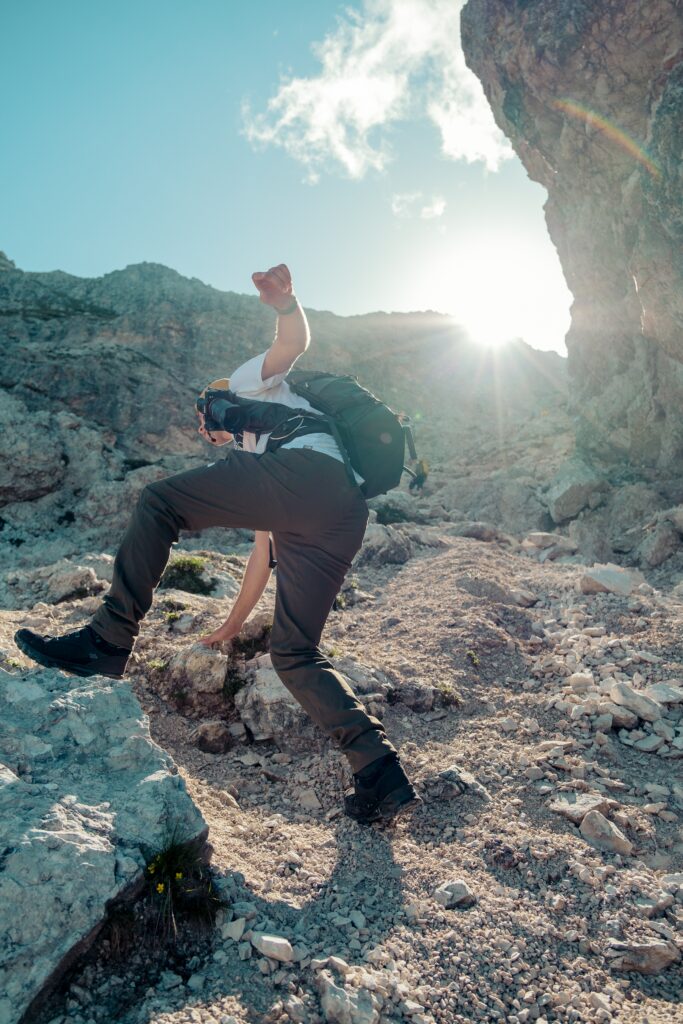If you are vacationing near a river, you are probably looking for a fun way to enjoy the water. There really is no better way to experience a landscape and the power of Mother Nature than to get on the river and feel it flowing beneath you. A white water rafting trip is the perfect way to see a large section of terrain and create a fun memory on your trip.
So, What Is White Water Rafting Exactly?
There are tons of ways to get on the water and plenty of different bodies of water to experience. To break it down, white water describes a part of a river that has rapids, and rafting is the vehicle you will be traveling in. Rivers are rated into different classes that describe the difficulty of the rapids, both based on technical skill and size. Class 1 rapids are small, while Class 6 are considered unsafe except for professionals. The Colorado Springs area offers some amazing white water opportunities on the Arkansas River. These are classes 2-4, which are perfect for beginners looking for adventure and thrill without too much technical difficulty.
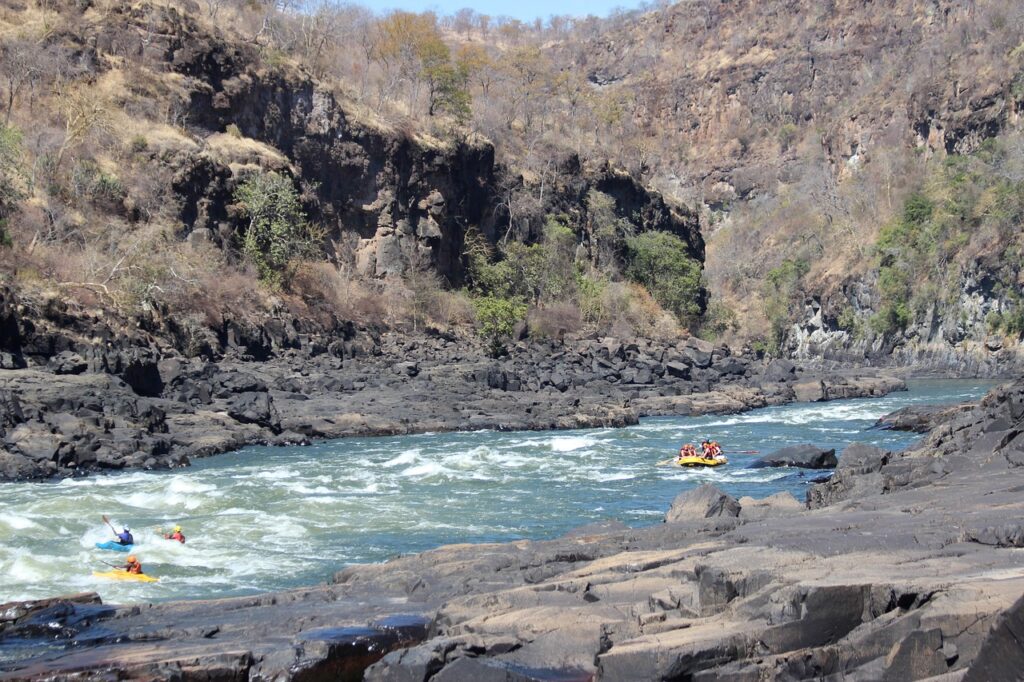
Why White Water Rafting Is Great for Beginners
As opposed to kayaking or canoeing, rafting is a great option for beginners because it is a group activity. Your guide will teach you the basics of paddling and navigating the waterways, and the group effort makes the work a lot more manageable. A raft also has the benefit of added stability over a kayak or canoe. While it is possible to fall out of the raft, white water kayakers know that rolling a kayak can definitely happen on the river. If you are nervous about spending time overboard, a rafting trip is the best option.
What to Expect on a White Water Rafting Trip
After you get set up with gear, you and your rafting group will head down to the river with your raft and guide. The trip will be fully planned out with a specific drop-in and out location on the river, and the guide’s knowledge of how to navigate each rapid you will face. At the start of the trip, your guide will teach you how to paddle as a team. Whoever sits at the front of the raft will dictate the pace so everyone’s paddling efforts will work together. When you go over rapids, it’ll feel like a roller coaster with a nice cold splash at the end.
White water rafting is an amazing way to get up close and personal with some very interesting landscapes. You will get to see unique rock formations carved out from the powerful river as well as views of the surrounding area that you wouldn’t have from nearby trails or roads. You may raft through a canyon or gorge, offering breathtaking views of the rock face as you float by.
The river is also a great place for spotting wildlife. You might see eagles or falcons flying about looking for a meal in the river, as well as fish like trout and other local species swimming below. Every part of a white water rafting trip will involve some calm waters, and depending on how clear the water is, you might catch some cool views.
What Gear Do You Need for a White Water Rafting Trip?
If you are wondering how to go white water rafting, a tour is a great option to minimize your investment. You don’t have to worry about renting a raft or gathering a group together for a trip. A white water rafting tour will take care of the raft, life vest, helmet, paddles, and logistics of getting on and off the water.
Can I Go White Water Rafting Alone?
Aside from the gear requirements, white water rafting requires specific knowledge about the river. White water rafting guides are experts in how the water flows around obstacles and the best ways to negotiate rapids with the raft. Your white water rafting guide will have experience with the specific rapids you will travel down, and this expertise will ensure you have a safer and more enjoyable trip.
What to Wear White Water Rafting
In addition to the necessary life vest, you will want to wear clothes that are comfortable when wet. Depending on the class of rapids and where you sit in the raft, you may get a little splash or pretty soaked. For this reason, it is important to wear dri-fit clothing that will dry faster and stay comfortable. It’s not a good idea to wear cotton, which will stay wet, especially under a life vest. This will make you cold and clammy. You can opt to wear a bathing suit, but athletic shorts will work as well.
For footwear, many white water rafters advise closed-toe shoes. You will also want to wear something that will stay on – a flip-flop or clog could easily end up at the bottom of the river. The best thing to wear on a white water rafting trip would be wetsuit booties or water shoes. These will remain comfortable and grippy when wet, so your feet and stability will be protected in the event that you end up in the water. Whatever you choose to wear, it is a good idea to bring a small towel, dry socks, and shoes to leave in a locker or in your car. No one likes the feeling of damp toes, and it’s a good idea to dry off and change once you get off the water.
What Should I Bring on a White Water Rafting Trip?
Now that your clothing and safety equipment are accounted for, let’s go over a few other essentials for the day. First, consider that you will likely be in the sun for the whole trip. You should apply sunscreen to any body part that won’t be covered by clothing. This is an important note as your legs will be out of the water and exposed to the sun. You don’t want a shin sunburn! Also, be sure to apply sun-blocking chapstick to keep from getting sunburned on your lips.
Though you will be wearing a helmet, you will be able to fit a hat underneath to provide some necessary shade. Many white water rafters also choose to wear sunglasses, for glare off the river. Just make sure your sunglasses fit well or aren’t too expensive! Consider that a large rapid might throw anything overboard that isn’t attached to you or the raft.
The last and most important thing to remember is water. The river will tempt any thirsty rafters, and the heat and sun can dehydrate easily. A river rafting trip may be a few hours to a full day, so make sure to bring a water bottle and stay hydrated.
Final Thoughts
White water rafting is a little bit of work and a lot of fun. Paddling over rapids is a thrilling way to experience the power of the river. It’s also a great outdoor activity for a hot summer day. If you have little experience in choppy waters, rafting is the best way to get more comfortable with your paddling and river floating skills. So, if you are wondering how to get started with white water rafting near Colorado Springs, you found it. Just sign up for a white water rafting tour and have fun!

